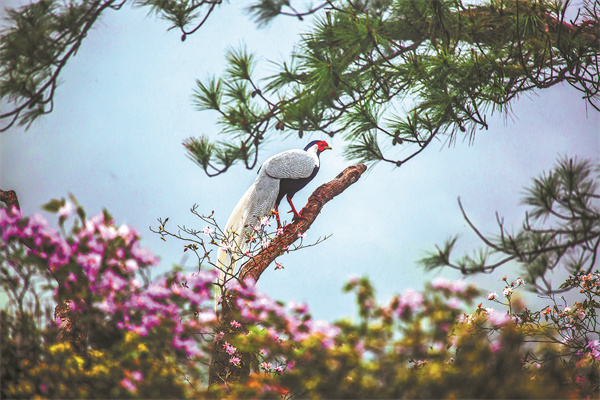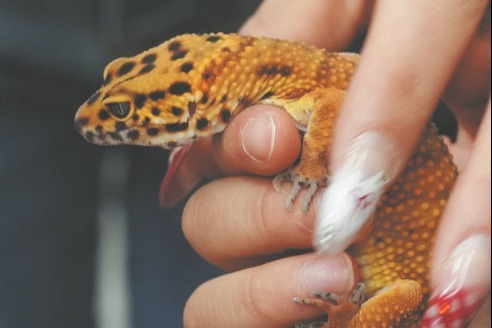Silver economy at the flap of a wing
At 'silver pheasant village' in Fujian province, senior villagers run bird hides that cater to senior photographers


Developing bird hides
The idea of catering to bird photographers in Fengtian first occurred to Zhu Fusheng, once head of the Tianbaoyan National Nature Reserve in Yongan, which shares a border with the village, as recounted by Xiong Shengchun, one of the village's pioneering bird hide operators.
Xiong, who worked as the village head from 2000 to 2003, knew Zhu, who used to work with the local forestry bureau, for many years. As head of the nature reserve, Zhu sometimes visited the village to watch birds in the forests, spread across 3,300 hectares.
During one such visit, Zhu clicked photographs of Elliot's pheasants, an endangered bird under the State's protection and native to the country's southeastern part. Excited by his discovery, Zhu showed the images to Xiong. "I wasn't particularly thrilled," Xiong said. "After all, I had seen many of these birds while tending to my family's bamboo groves."
So Zhu proposed that Xiong build a bird hide — camouflaged shelters used to observe birds from a close range without disturbing them. The plan was to entice Elliot's pheasants to open areas, offering bird-watchers an opportunity to capture these rare birds in their natural habitat for a fee.
Born in 1959, Xiong had engaged in bamboo trade during the 1990s and opened a pig farm in 2004, so he knew he must seize what looked like a great business opportunity.
In 2015, Xiong began constructing a bird hide, within a serene bamboo grove, on his family's property.
However, even after 4-5 months, no Elliot's pheasants showed up. "I was disappointed and was thinking of giving up. Around that time Zhu visited me and encouraged me to not give up yet," Xiong said.
In the sixth month, the elusive pheasants finally made their appearance, he said. By February or March of 2016, bird photographers began visiting his hide.
Meanwhile, he built a bird hide at another location to feed silver pheasants, which were easier to sight than Elliot's pheasants. By September 2015, silver pheasants, a large and spectacular bird known for its long-tailed males that have white or silver-gray upper parts, were showing up regularly, much to the delight of visiting photographers. In the ensuing years, Xiong expanded his avian sanctuary by setting up four additional bird hides, all dedicated to the enchanting silver pheasants.
Each hide offered a unique backdrop for photography enthusiasts, ranging from a tranquil stream setting to the lush bamboo forest, blooming rapeseed fields, ancient trees, and picturesque pine forests illuminated by the hues of sunset.
The silver pheasants, set against these captivating backdrops, emerged as the primary draw for bird photography enthusiasts. "Instead of young bird-watchers, most of our visitors are senior bird photographers from big cities," Xiong said.
"They enjoy plenty of opportunities to produce excellent bird photos at our bird hides."




































